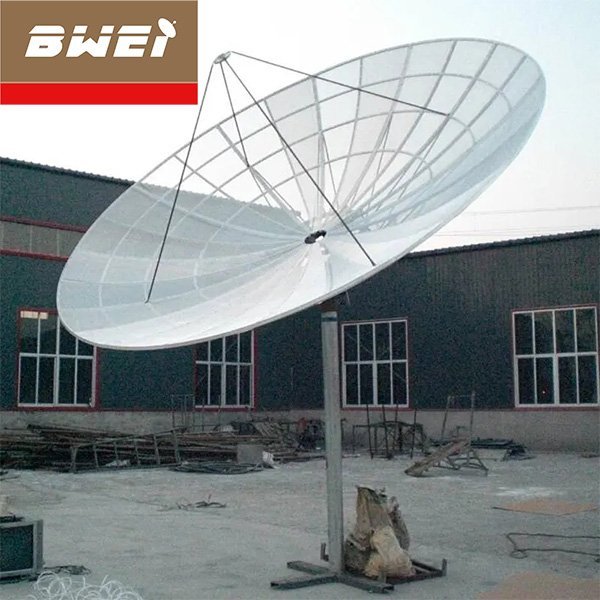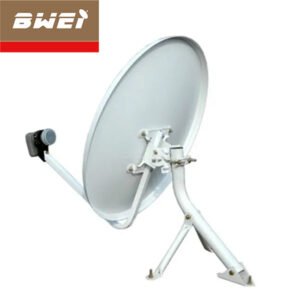Parabolic design: MMDS grid antennas usually adopt a parabolic design, that is, the main receiving and transmitting surfaces present a parabolic shape. This shape helps concentrate and focus microwave signals to a focal point, thereby improving the efficiency of reception and transmission.
Grid structure: The paraboloid is covered with a grid structure made of a metallic material, usually aluminum or nickel. This grid helps reduce the weight of the overall antenna while reducing signal blockage, thereby increasing the efficiency and performance of the antenna.
High-gain characteristics: Due to its parabolic shape and grid structure design, MMDS grid antennas generally have high-gain characteristics. This means they can pick up weak signals from far away and focus them into a smaller area, or send signals over long distances without losing too much signal strength.
Frequency range: MMDS grid antennas are usually designed to operate in the microwave frequency band, which is usually between 2 GHz and 5 GHz, depending on the technical standard used and the frequency band allocation.
Antenna size: Due to its high-gain nature, MMDS grid antennas can be relatively large, especially for higher frequency applications. This is also to ensure that the microwave signal can be captured or sent accurately.
Overall, high-gain MMDS grid antennas are known for their parabolic design, grid structure, and high-gain characteristics and are suitable for applications that receive and transmit microwave signals, such as broadcasting, data transmission, or Internet access.

Contact Us:





